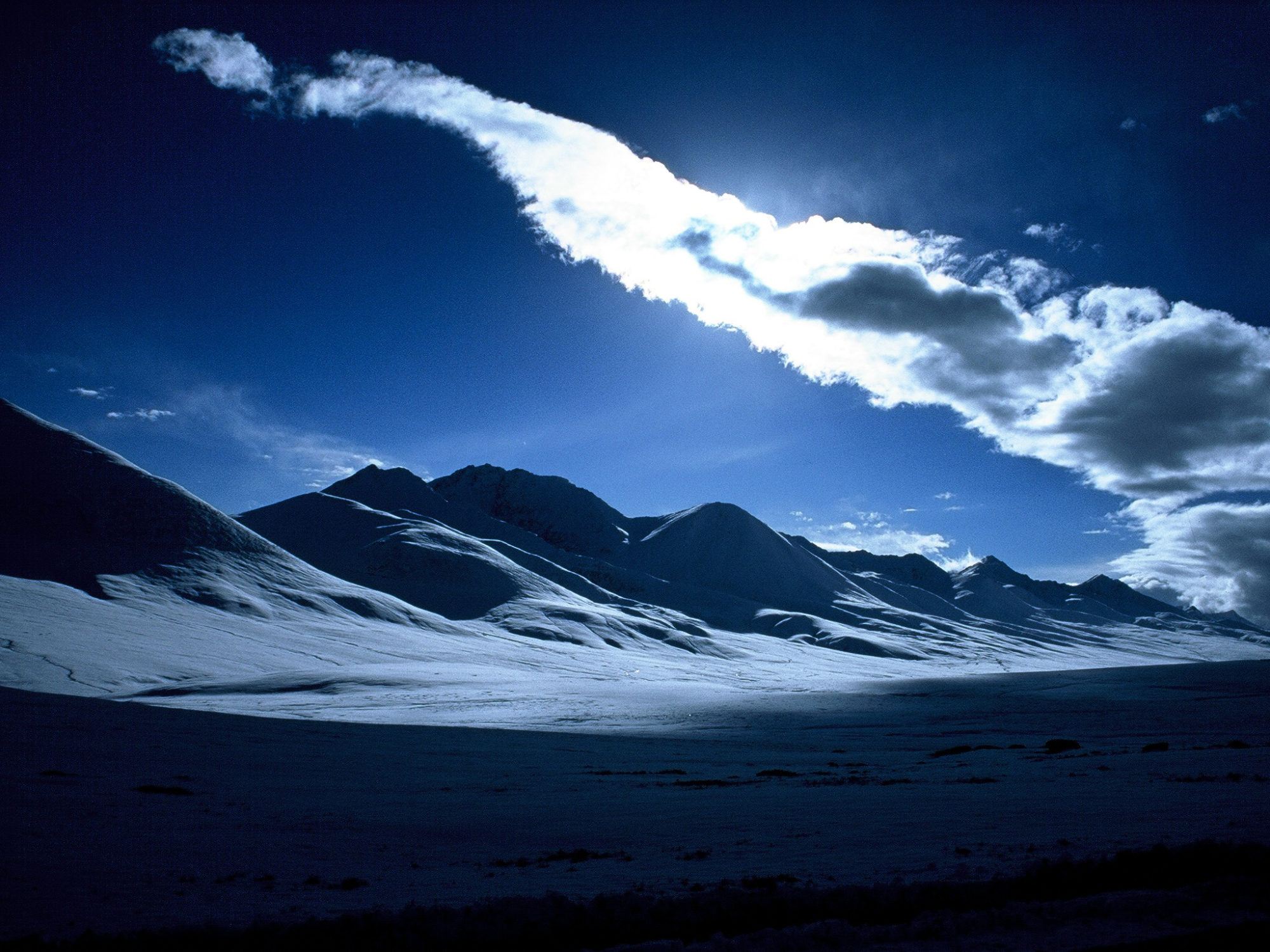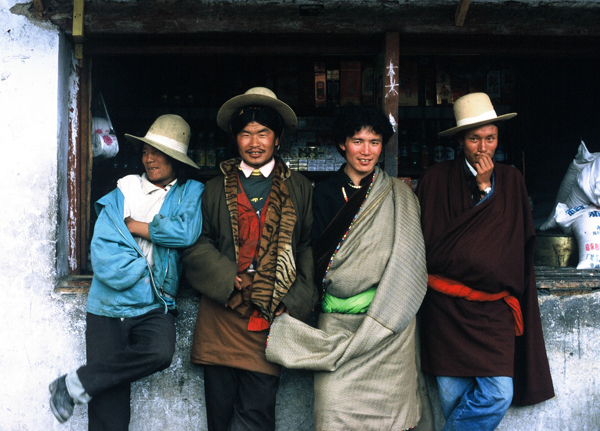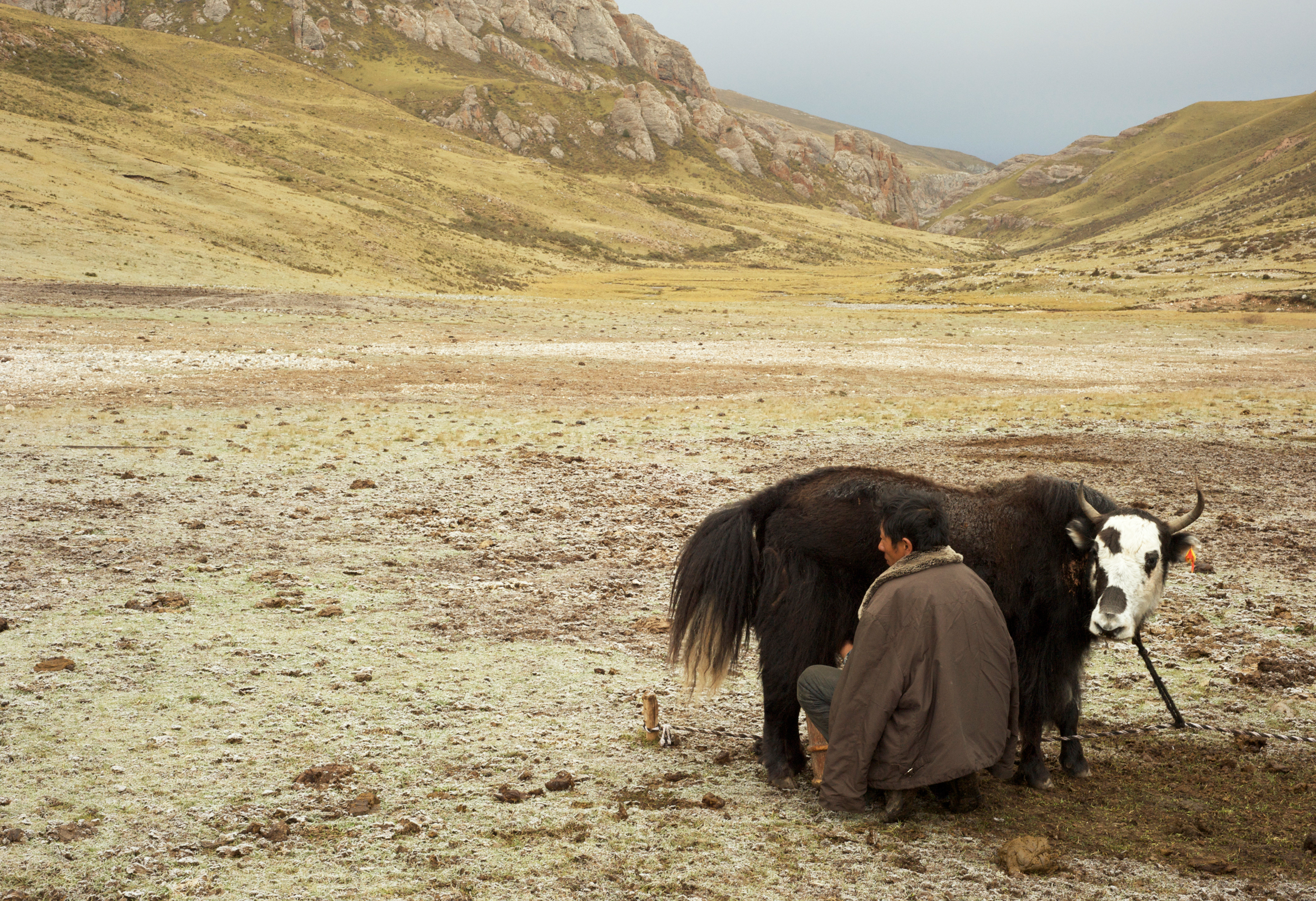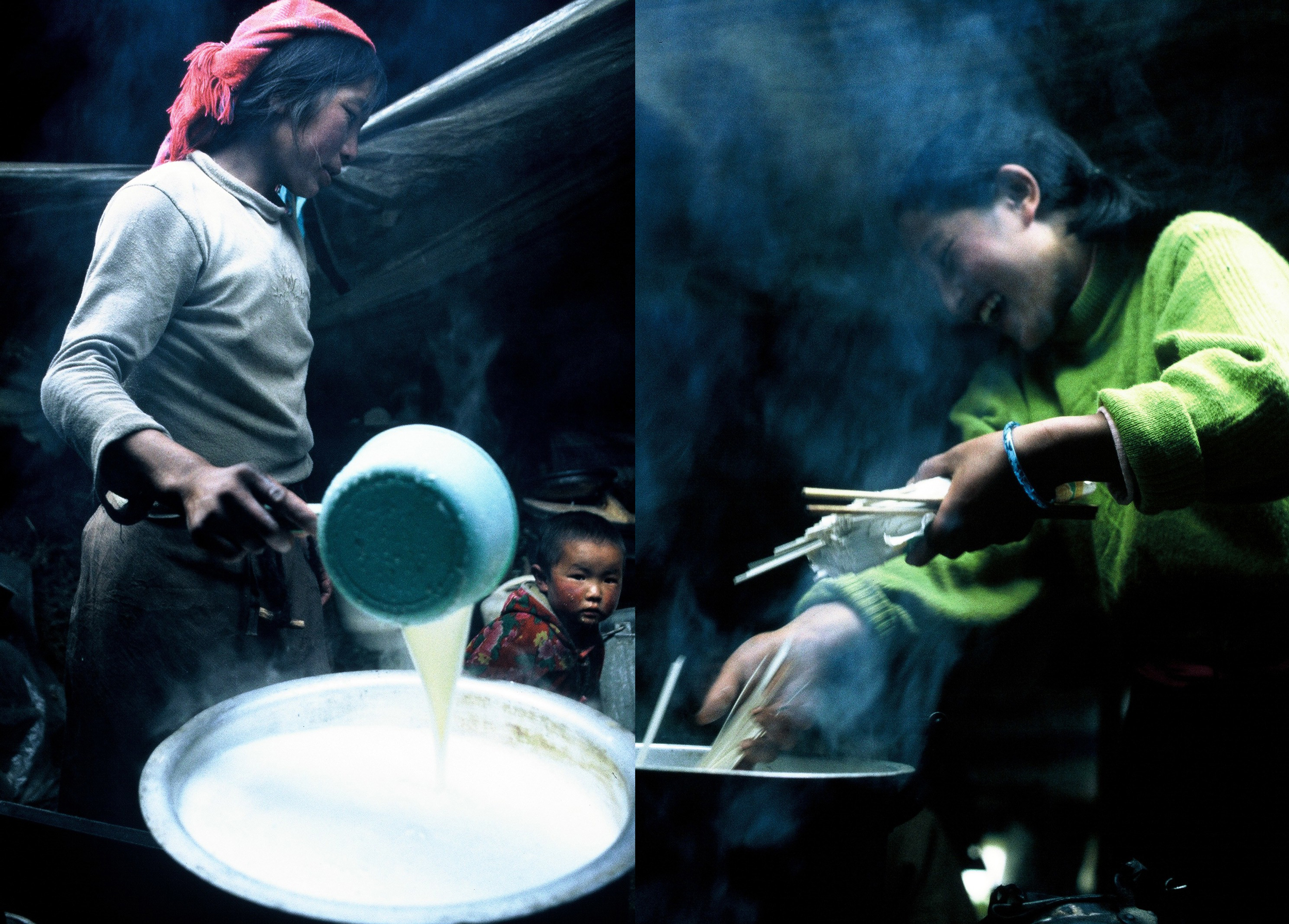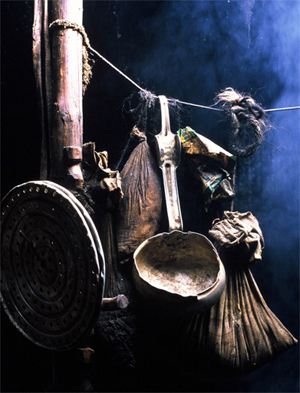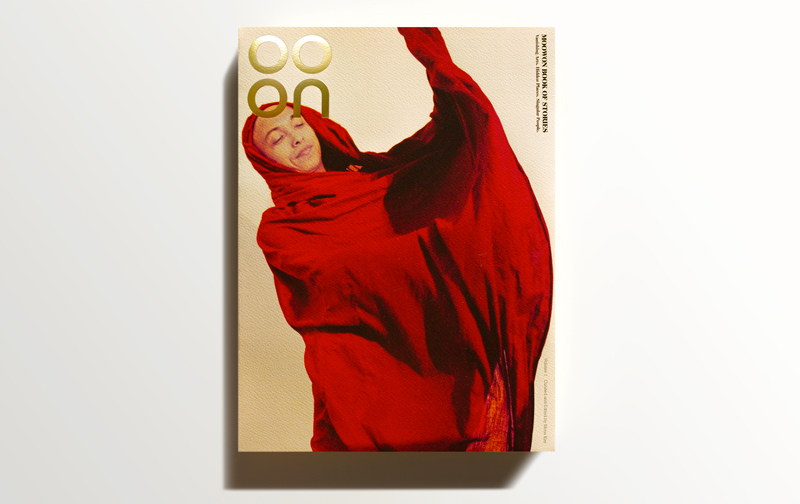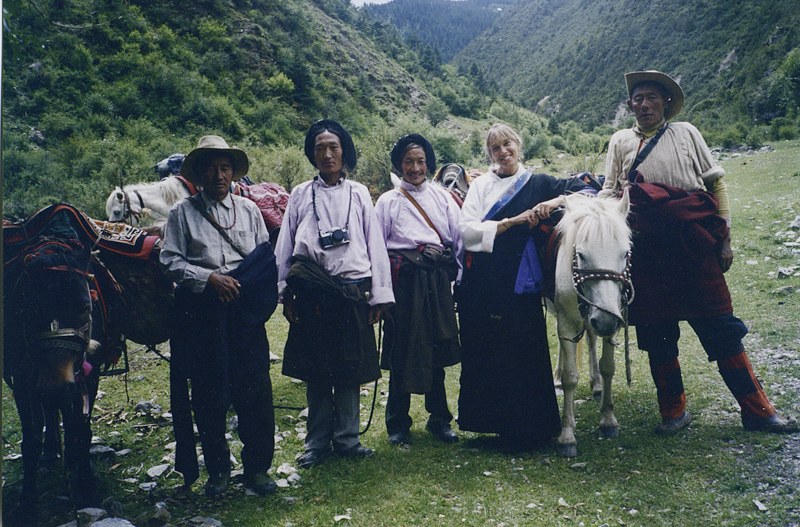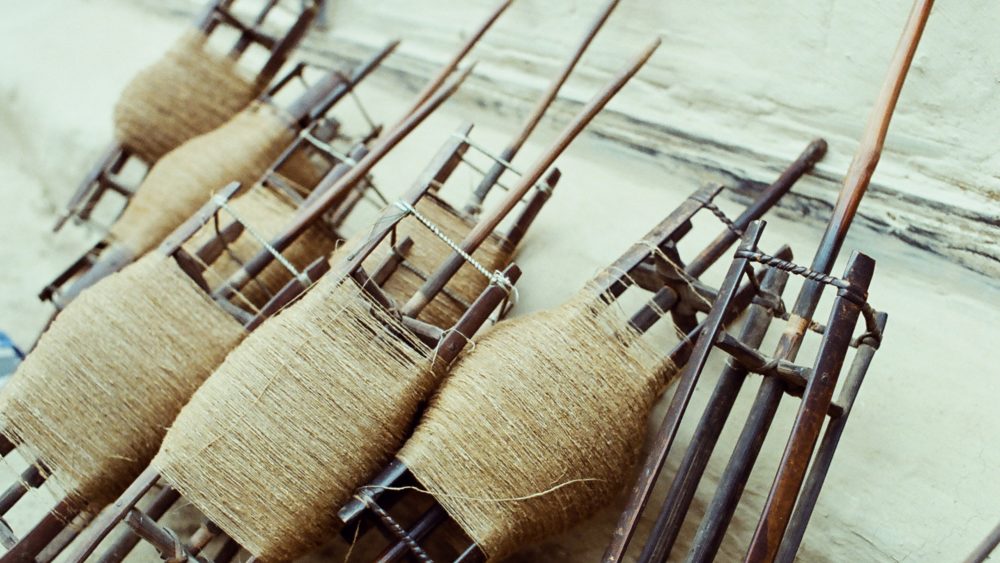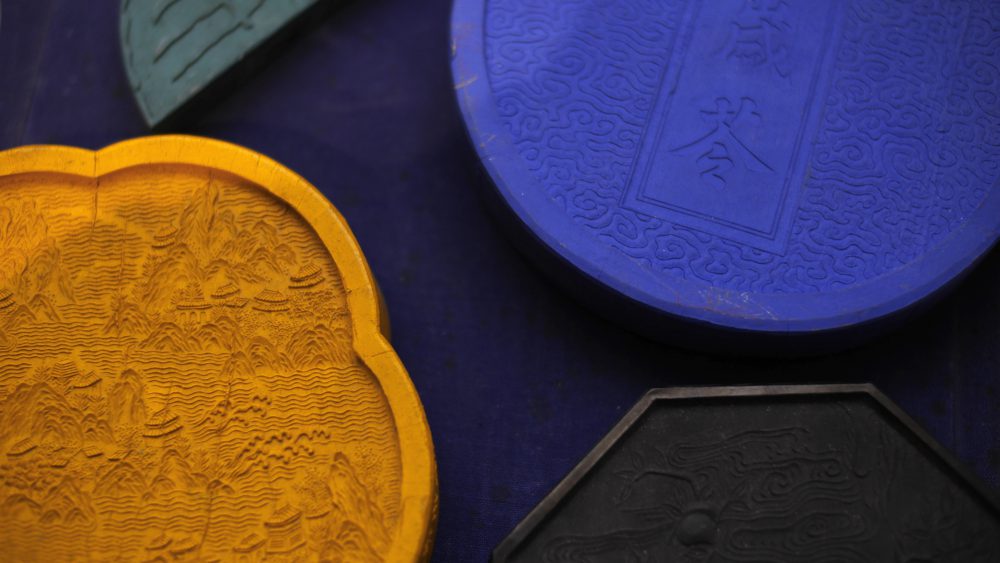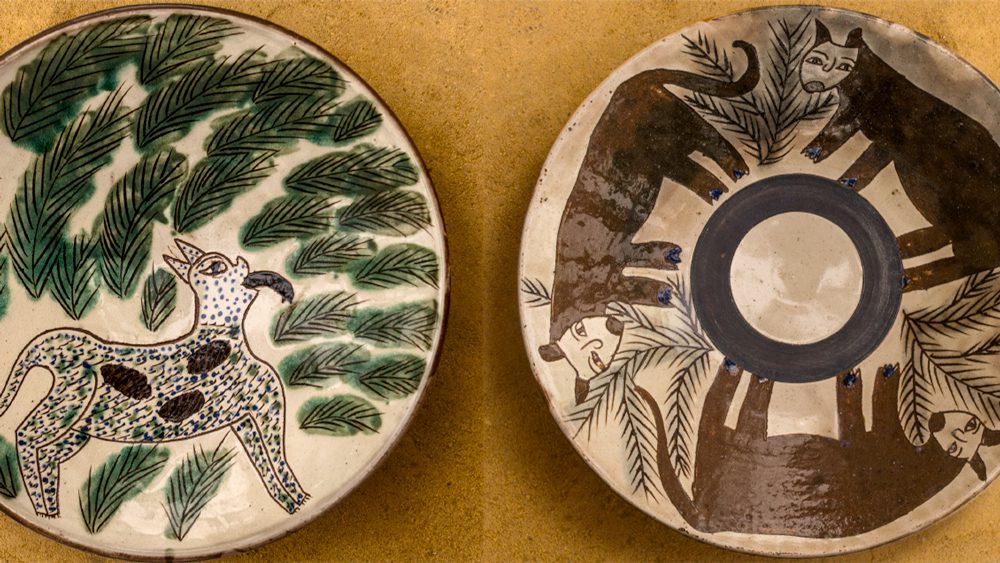I rebel against those up there, I rebel against Tibet, I rebel!
Against the orders of the Dharma King of Tibet I rebel!
I rebel and the sky is with me.
The blue sky is with the rebellion!
I rebel against those down there, I rebel,
I rebel! We make our own laws!
The laws for the deer of the rocky highlands of Ma,
We make ourselves!
I rebel against those down there, I rebel, against the Hor I rebel!
Against the invincible horsemen of Hor I rebel!
I rebel, it is meat I like!
I, boy, am with the rebellion.
Journey Among the Tibetan Nomads by Namkhai Norbu Rinpoche
Tibet is well known as "a land of snows," having the youngest and therefore some of the highest mountains on Earth. I found a landscape of awesome beauty, with an average altitude of 14,000 feet and an extreme, savage climate. It struck me that it takes a tough and resilient people to flourish in these conditions.
Perhaps the vastness and solitude of the landscape have been a source of inspiration for the Tibetans, helping to encourage their natural bent to visionary mysticism and to develop their unique brand of Buddhism.
I was fascinated by the wild earthiness of the Drokpa men of Amdo and Kham, whose proud stature, outdoor life of freedom, and open-range riding reminded me of cowboys or Native American Indians. The small local towns frequented for trading also had a flavor of the Wild West, with horses tied to hitching rails on the street and Drokpa men comparing guns in the tiny cafés.
Eastern Tibet was always greatly feared by travelers for the "wildness" of its fiercely independent people, who were considered to be formidable warriors and bandits owing allegiance to no one but their own tribe. The names of the legendary Khampa and Golok tribes would evoke fear among merchants, pilgrims, and explorers traveling through the area from China to Lhasa. French traveler Alexandra David-Néel referred to the area as "the land of the gentleman brigands," noting also their chivalry and devotion to Buddhism. Later the people were attributed with courage and heroism, particularly the Khampas who initiated and led Tibetan resistance to the Chinese Communist invasion.
To enjoy the full story, become a Member.
Already a Member? Log in.
For $50/year,
+ Enjoy full-length members-only stories
+ Unlock all rare stories from the “Moowon Collection”
+ Support our cause in bringing meaningful purpose-driven stories
+ Contribute to those in need (part of your membership fee goes to charities)
EDITING: COPYRIGHT © MOOWON MAGAZINE / MONA KIM PROJECTS LLC. ALL RIGHTS RESERVED.
PHOTOS & TEXT: COPYRIGHT © DIANE BARKER. ALL RIGHTS RESERVED.
